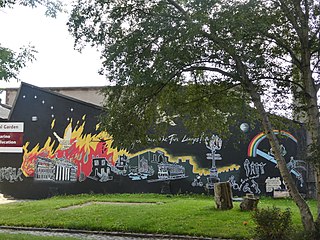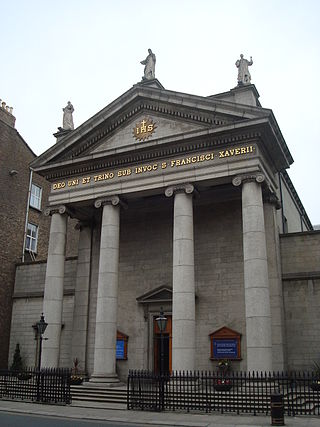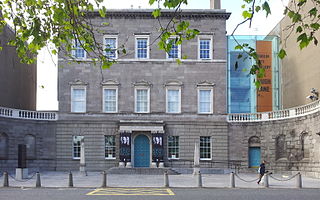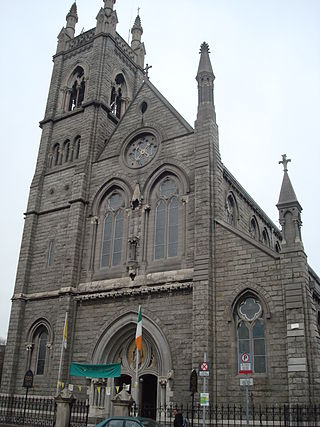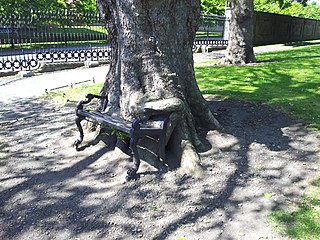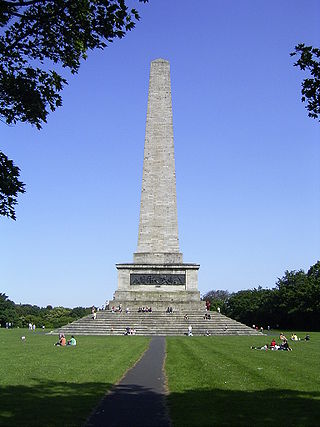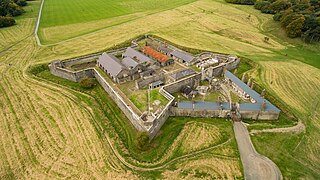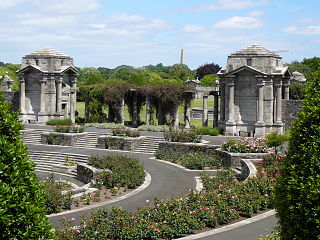Free Walking Sightseeing Tour #7 in Dublin, Ireland
Legend
Guided Free Walking Tours
Book free guided walking tours in Dublin.
Guided Sightseeing Tours
Book guided sightseeing tours and activities in Dublin.
Tour Facts
10.6 km
146 m
Explore Dublin in Ireland with this free self-guided walking tour. The map shows the route of the tour. Below is a list of attractions, including their details.
Activities in DublinIndividual Sights in DublinSight 1: Bombing of the North Strand
During the Second World War, Dublin was first bombed early on the morning of 2 January 1941, when German bombs were dropped on the Terenure area of south Dublin. This was followed, early on the following morning of 3 January 1941, by further German bombing of houses on Donore Terrace in the South Circular Road area of south Dublin. A number of people were injured, but no one was killed in these bombings. Later that year, on 31 May 1941, four German bombs fell in north Dublin, one damaging Áras an Uachtaráin but with the greatest impact in the North Strand area, killing 28 people. However, the first bombing of the Republic of Ireland had taken place several months earlier, on 26 August 1940, when the German Luftwaffe bombed Campile, County Wexford, killing three people.
Sight 2: Church of St Francis Xavier
Saint Francis Xavier Church, popularly known as Gardiner Street Church, is a Catholic church on Upper Gardiner Street near Mountjoy Square in Dublin, Ireland. The church is run by the Jesuits.
Wikipedia: Saint Francis Xavier Church, Dublin (EN), Website
Sight 3: Hugh Lane Gallery
The Hugh Lane Gallery, officially Dublin City Gallery The Hugh Lane and originally the Municipal Gallery of Modern Art, is an art museum operated by Dublin City Council and its wholly-owned company, the Hugh Lane Gallery Trust. It is in Charlemont House on Parnell Square, Dublin, Ireland. Admission is free.
Sight 4: St. Joseph's Carmelite Church
St. Joseph's Carmelite Church on Berkeley Road, Dublin, Ireland is the Roman Catholic church of the Berkeley Road Parish. The church is dedicated to Saint Joseph and is in full use today in the care of the Discalced Carmelites.
Wikipedia: St. Joseph's Carmelite Church, Berkeley Road (EN)
Sight 5: All Saint's Parish Church, Grangegorman
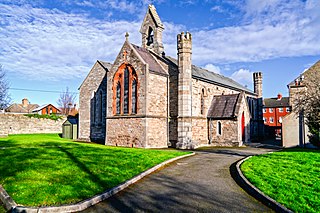
All Saints Church, Grangegorman is a Church of Ireland church located in Dublin, Ireland. It was built in 1828, to designs by John Semple, and formed as a parish in 1829 from the areas of St. Michan's and St. Paul's. It is a constituent member of the Christ Church Cathedral, Dublin Parish Group alongside St. Michan's Church, Dublin and St. Werburgh's Church, Dublin. This church in noteworthy on the basis that it is numbered among the first in Ireland to worship according to Tractarian Principles, and was the subject of protest and sanction by the Protestant community in Ireland in the 19th century.
Sight 6: Hungry Tree
The Hungry Tree is a tree in the grounds of the King's Inns in Dublin, Republic of Ireland. An otherwise unremarkable specimen of the London plane, it has become known for having partially consumed a nearby park bench. It has become a tourist attraction and is frequently photographed. The Hungry Tree was the subject of a campaign by Green Party politician Ciarán Cuffe to ensure its preservation.
Sight 7: Anna Livia
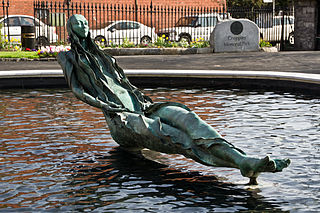
Anna Livia is a bronze monument located in Croppies' Acre Memorial Park in Dublin, Ireland. It was formerly located on O'Connell Street.
Sight 8: Wellington Monument
The Wellington Monument, or sometimes the Wellington Testimonial, is an obelisk located in the Phoenix Park, Dublin, Ireland.
Sight 9: Magazine Fort
The Magazine Fort is a bastion fort and magazine located within the Phoenix Park, in Dublin, Ireland. Built in 1735, it was occupied by British Armed Forces until 1922 when it was turned over to the Irish Defence Forces after the Anglo-Irish Treaty. The Irish Army continued to operate the site as an ammunition store through the mid-20th century. It was fully demilitarised by the 1980s. The fort is now managed by the Office of Public Works. As of 2015, it was in a derelict state and not open to the public, however some repairs were undertaken and the site partially opened for "limited guided tours" from 2016.
Sight 10: Irish National War Memorial Gardens
The Irish National War Memorial Gardens is an Irish war memorial in Islandbridge, Dublin, dedicated "to the memory of the 49,400 Irish soldiers who gave their lives in the Great War, 1914–1918", out of a total of 206,000 Irishmen who served in the British forces alone during the war.
Sight 11: Stone of Remembrance
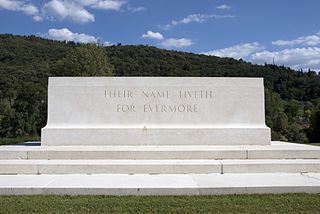
The Stone of Remembrance is a standardised design for war memorials that was designed in 1917 by the British architect Sir Edwin Lutyens for the Imperial War Graves Commission (IWGC). It was designed to commemorate the dead of World War I, to be used in IWGC war cemeteries containing 1,000 or more graves, or at memorial sites commemorating more than 1,000 war dead. Hundreds were erected following World War I, and it has since been used in cemeteries containing the Commonwealth dead of World War II as well. It is intended to commemorate those "of all faiths and none", and has been described as one of Lutyens' "most important and powerful works", with a "brooding, sentinel-like presence wherever used".
Sight 12: Royal Hospital Kilmainham
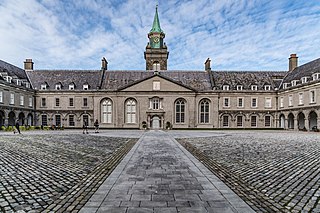
The Royal Hospital Kilmainham in Kilmainham, Dublin, is a former 17th-century hospital at Kilmainham in Ireland. The structure now houses the Irish Museum of Modern Art.
Share
Disclaimer Please be aware of your surroundings and do not enter private property. We are not liable for any damages that occur during the tours.
GPX-Download For navigation apps and GPS devices you can download the tour as a GPX file.
